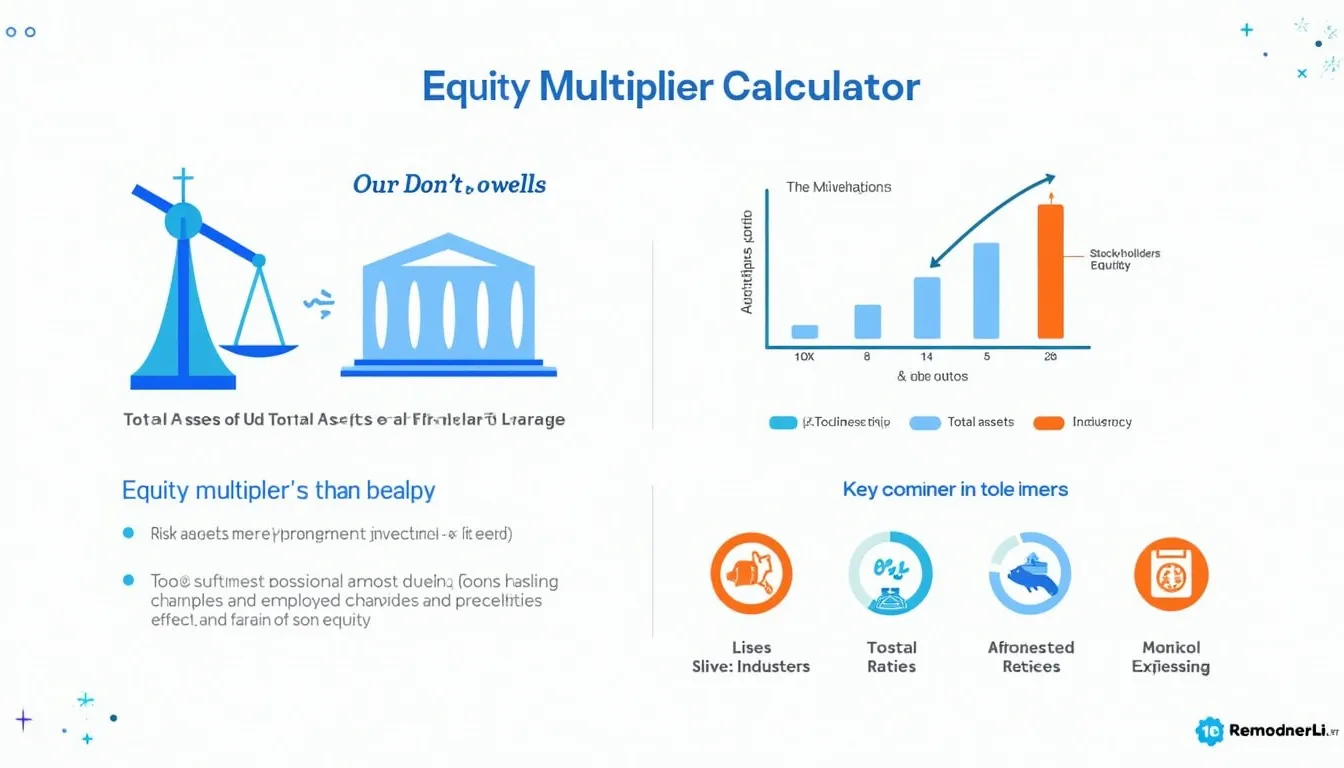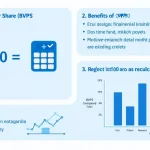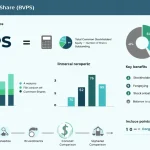Equity Multiplier Calculator
Is this tool helpful?
How to use the tool
- Total Assets: enter the book value of all assets. Example inputs: 3 200 000 or 750 000.
- Stockholders’ Equity: type the owners’ equity as shown on the balance sheet. Example inputs: 1 800 000 or 300 000.
- Press “Calculate” to view the equity multiplier.
Formula
$$\text{Equity Multiplier}= rac{\text{Total Assets}}{\text{Stockholders’ Equity}}$$
Worked examples
- 3 200 000 ÷ 1 800 000 = 1.78
- 750 000 ÷ 300 000 = 2.50
Quick-Facts
- Typical multipliers: tech 1.1–2.0; insurance 5–10 (Damodaran, 2023).
- Alternate form: 1 + Debt-to-Equity (Investopedia, 2023).
- SEC mandates quarterly balance sheets for U.S. issuers (SEC Reg-S-X §10-01).
- “Higher leverage raises default risk,” Federal Reserve warns (Financial Stability Report 2023).
- A multiplier above 3 can boost ROE by 50 % if margins hold (Morningstar, 2023).
FAQs
What is the equity multiplier?
The equity multiplier shows how many dollars of assets are supported by one dollar of shareholders’ equity, highlighting leverage levels (Investopedia, 2023).
How do I compute it if I know debt-to-equity?
Add 1 to the debt-to-equity ratio. A debt-to-equity of 1.5 yields a multiplier of 2.5 (Corporate Finance Institute, 2022).
What counts as a healthy multiplier?
Values between 1 and 3 are common in capital-light sectors, while capital-intensive firms tolerate 4–6; context matters (KPMG Industry Benchmark Study 2023).
How does it affect return on equity?
“Leverage magnifies ROE through the equity multiplier,” DuPont analysis states (McKinsey Valuation, 2020). A higher multiplier boosts ROE if margins stay positive.
Can the ratio ever be negative?
No. Negative equity produces an undefined or meaningless multiplier and signals insolvency risk (FASB Concept Statement 6).
How often should I update the figure?
Update quarterly for listed firms to align with SEC filings; annually suffices for private businesses (PwC Financial Reporting Guide 2023).
Where do I find the required numbers?
Total assets and equity appear on the balance sheet—usually the first page of Form 10-Q or 10-K (SEC EDGAR FAQ 2023).
How can I compare companies of different sizes?
Use the multiplier alongside profit margins and asset turnover; this removes size bias and clarifies leverage strategy (Harvard Business Review, 2021).
Important Disclaimer
The calculations, results, and content provided by our tools are not guaranteed to be accurate, complete, or reliable. Users are responsible for verifying and interpreting the results. Our content and tools may contain errors, biases, or inconsistencies. We reserve the right to save inputs and outputs from our tools for the purposes of error debugging, bias identification, and performance improvement. External companies providing AI models used in our tools may also save and process data in accordance with their own policies. By using our tools, you consent to this data collection and processing. We reserve the right to limit the usage of our tools based on current usability factors. By using our tools, you acknowledge that you have read, understood, and agreed to this disclaimer. You accept the inherent risks and limitations associated with the use of our tools and services.







